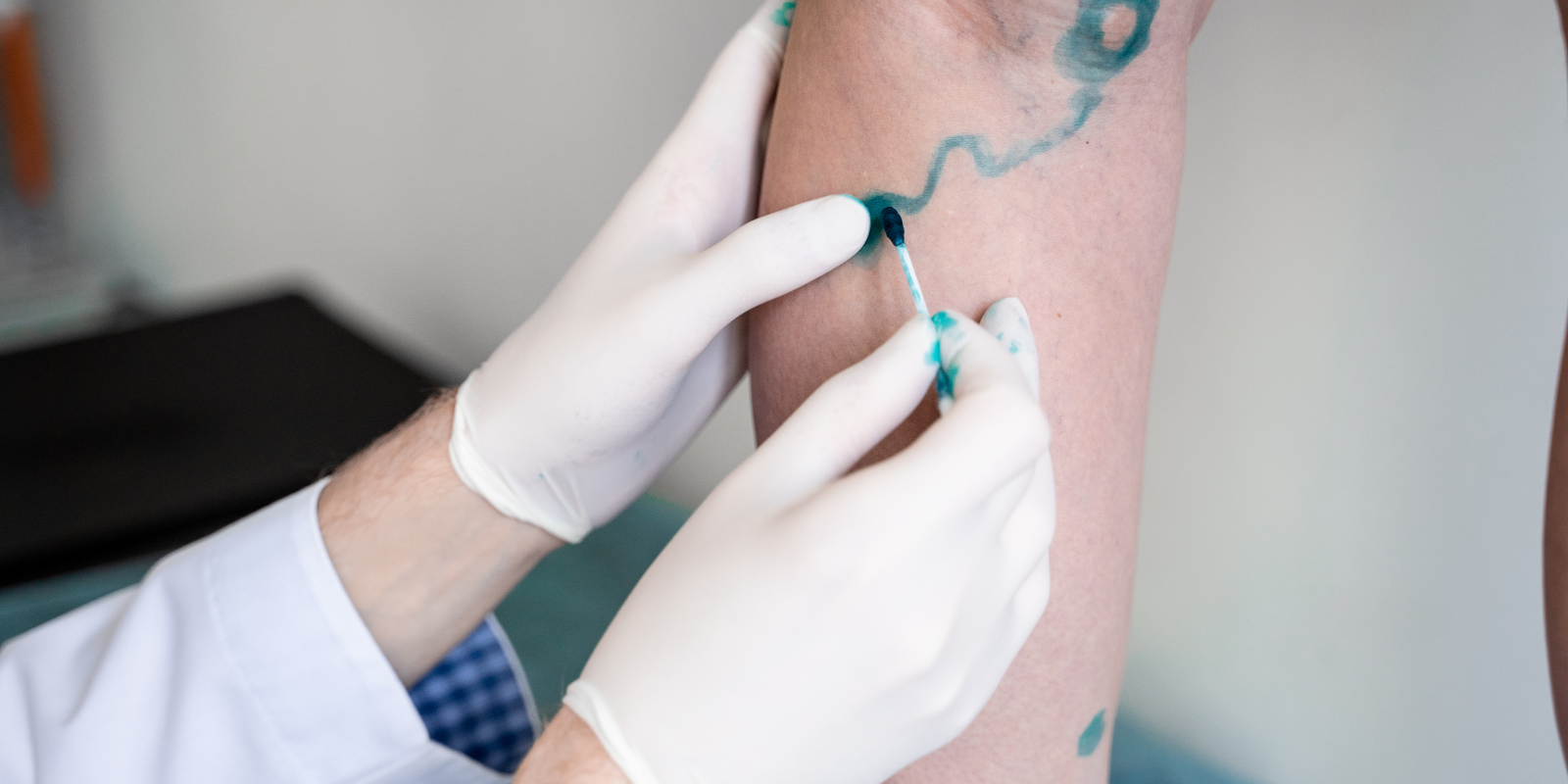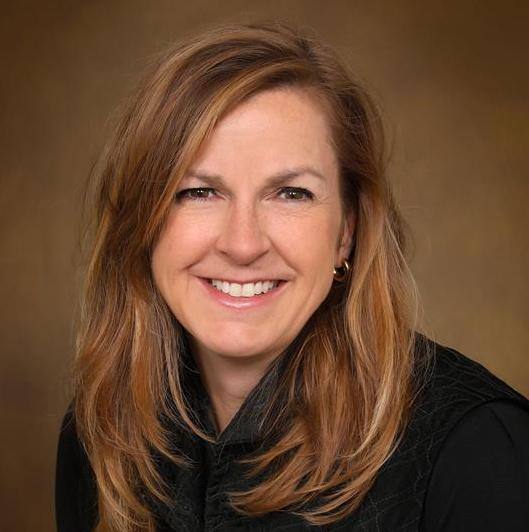What is vascular surgery?
Vascular surgery is a discipline that takes care of the patient’s vascular system. We like to say we treat everything but the head and the heart, (there are specialists just for those pathologies). A vascular team treats pathologies of the veins and arteries — they restore flow to vessels that are diseased, injured, or blocked.
What are some of the most common vascular surgeries?
There are so many! We repair belly and chest aneurysms before they rupture. We save limbs — if you have a blockage in your arm or leg, we use different modalities to prevent limb loss. We perform stroke prevention surgeries. A vascular surgeon could create a fistula for dialysis access. Of course, we treat venous diseases like varicose veins or help people heal painful ulcerations. There are also a handful of venous and arterial compression syndromes. Some of our patients are high-performance athletes trying to reach peak performance. It’s a real potpourri of pathologies.
How much have advances like stenting or endoscopic internal procedures changed things for patients or doctors in recent years?
Years ago, the only modality to repair arteries was via open surgery. For example, prior to EVAR (endovascular aortic repair) for abdominal aneurysms, patients would stay a week in the hospital with a challenging 12-week recovery. Now with an EVAR (stent graft), this is done via percutaneous access in the groin. The same night post op, the patients are out of bed, eating dinner, and they are discharged the next day. Endovascular technology continues to evolve. Vascular is interesting because you must think three or four surgeries down the line. Whenever we place stents or do an arterial bypass, those patients are surveyed for life. Vascular surgery is extremely rewarding, because you have a genuinely nice continuum with your patients.
Are there other rewarding aspects of vascular surgery?
Our team is in the business of saving someone’s limb, saving someone’s life, helping to heal a wound, providing a bridge prior to renal transplant, or preventing a devastating stroke. Everything we do is about quality of life and function. Patients are so thankful, and the relationships over time are so fulfilling.
Are vascular surgeries scheduled procedures, or are they more urgent or emergency situations?
Hard to say, but I would guess 30% to 40% are urgent-emergent; 60% are electives. Saying that, we often bump ourselves or other teams if we have an arterial trauma, ruptured aneurysm, aortic dissection, or limb threat (sorry teams!). We are a consulting service to the ER, and as soon as we hear a situation like that is coming, we mobilize our teams. We have a dedicated group of advance practice providers who cover at night, which provides swift assessments and mobilizations of the OR teams.
How do you think vascular compares to other types of surgery?
Every type of surgery has its nuances. I feel like vascular surgeons are true collaborators. So many complex patients require the depth of two surgical teams, and the providers I work with are always willing and ready to help other surgical specialties. I have worked with some surgeons who say, “I’m just a country doctor fixing the patient’s plumbing.” But these surgeons are humble and talented. They take on complicated challenges every day, and it is super inspiring.
What is unique about vascular surgery at the University of Colorado?
We have a team of brilliant surgeons and advanced practice providers. All have a role and impact on the care of the patients. Our integrated residents are hardworking, thorough, and dedicated to constant learning. We are constantly critically thinking about the patient with all their comorbidities. The nurses who take care of these types of patients are just outstanding.
Our patients can have a variety of complex medical and social issues. Nurses are our front line when patients have questions or concerns. UCHealth University of Colorado Hospital is a tertiary referral center, so we see people referred from different states. We have a lot more resources her,e and we are happy to help take care of them.
It sounds like you make an effort to understand more than just what the physical problem is with the patient, but their entire situation.
It’s important, when you go into surgical planning, to know your patient. We ask what hobbies they have, what they enjoy, what they want to get back to. It is about the patient's goals. You might have four different surgical options to repair one problem, but because of the patient, you’re going to do it in this certain way, because it’s going to get them back to what they enjoy. We worked with an older woman in her 70s who needed a bypass graft from her shoulder to her hip. And it turned out she was a competitive sharpshooter. You would have never known that when you met her unless you had done a history. We had the option of putting the bypass in either arm, but we didn’t put it in her shooting arm. Every patient is a jigsaw puzzle you must solve.
September is Peripheral Artery Disease Month; how are you recognizing it?
The Society for Vascular Surgery is hosting a step challenge to raise money for research, education, and awareness, and we have a team here in the division. They are asking people to walk 60 miles throughout September to represent the 60,000 miles of blood vessels in the human body.




.png)

